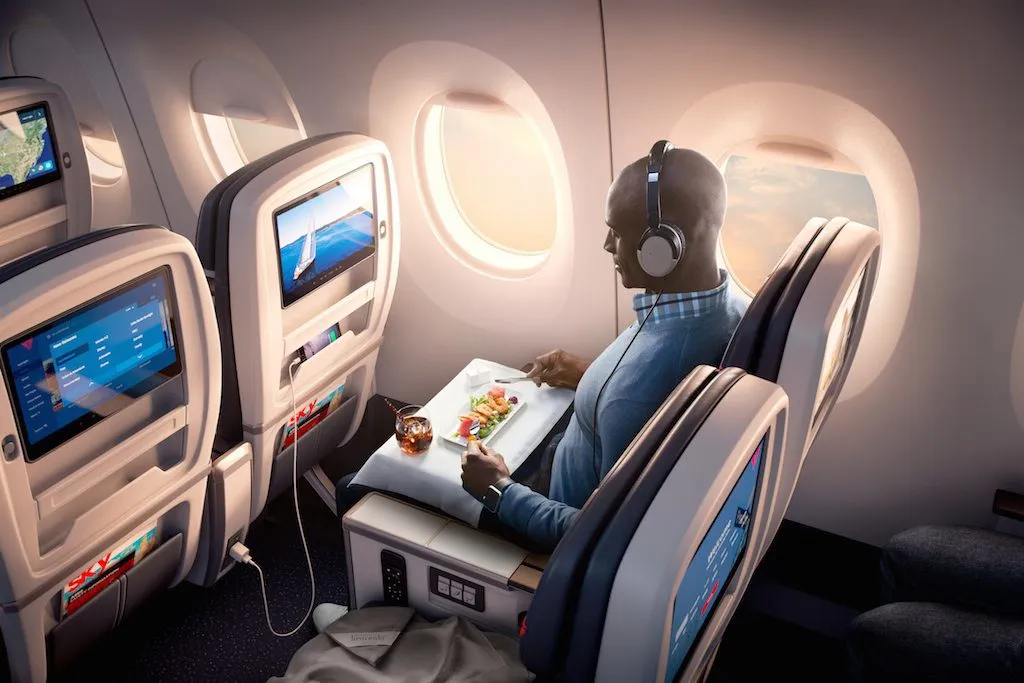Do Seatback Screens on Planes Have a Future? — Airline Innovation Report

Skift Take
Seatback entertainment screens are so 2002. Airlines should remove them and focus on what their highest-value travelers actually want — fast, reliable Wi-Fi. Passengers who care about quality entertainment can load up their own devices with stuff they actually want to watch. Or they can stream from a server on the plane.
The Skift Airline Innovation Report is our weekly newsletter focused on the business of airline innovation. We will look closely at the technological, financial, and design trends at airlines and airports that are driving the next-gen aviation industry.
We provide insights on need-to-know developments in passenger experience, ancillary services, revenue management, loyalty, technology, marketing, airport innovation, the competitive landscape, startups, and changing passenger behavior. The newsletter, sent on Wednesdays, is written and curated by me. We will look closely at the technological, financial, and design trends at airlines and airports that are driving the next-generation aviation industry. You can find previous issues of the newsletter here.
What's the point of embedded in-flight entertainment systems?
They're heavy. They're not as sophisticated as consumer electronics. They break more often than airlines would like. They rarely have enough content to satisfy all passenger segments. And, because of the lead time required to produce, certify and install the systems, they're often technologically obsolete before their first flight.
Yet they persist. Almost every full-service airline installs in-seat screens on all long-haul planes. Some, such as Singapore Airlines and Emirates and even Delta Air Lines, use screens as a competitive advantage, loading them with high-definition content people want to watch. But for many others, entertainment seems like an afterthought — something airlines feel they must provide, but don't put much effort into.
A few airlines have given up. Mostly, these are discounters, including Norwegian Air on its Boeing 737 Max, and Wow Air. But other airlines have begun to take similar approaches for midrange flights. Qantas doesn't have screens on some A330s, instead giving iPads for longer domestic routes. And United Airlines didn't put embedded systems into its revamped high-density Boeing 777s. Mostly, they fly shorter domestic routes, but they're also used on Guam-Honolulu, a seven-hour flight. (We've heard rumors these cos
